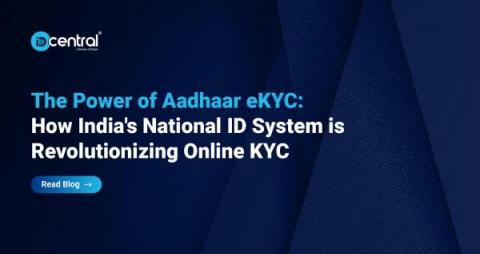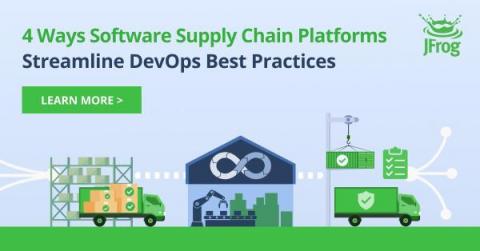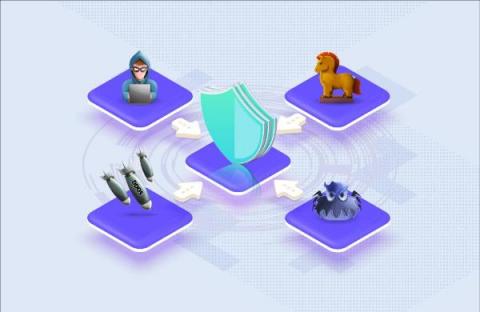An Introduction to Secure Coding with Template Engines
Back in 2022 while browsing through lists of recently disclosed vulnerabilities, I happened upon some Adobe Commerce/Magento Open Source vulnerabilities , that were reported to be exploited in the wild and can be exploited to achieve remote code execution, a combination which always motivates me to take a quick look at the vulnerability.











